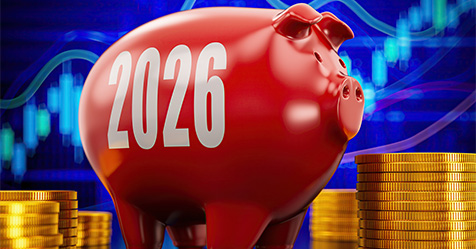Considering Window Film for Added Safety and Comfort
This simple solution can make you feel more confident about your facility’s safety.
While the windows in your facility might appear to be a benign safety threat, that can change quickly once a window gets broken.
But there’s a simple solution that can help keep your facility windows safer for your occupants: window film. Designed to hold glass in place after it breaks, window film potentially reduces injury to bystanders by preventing shards of glass from falling or flying.
According to 3M Commercial Solutions Division, window film is typically made from clear polyester or similar materials. It’s generally applied to the glass using a clear adhesive. When shattered, the window’s glass remains attached to the film, helping to protect a building’s occupants.
While many films designed for retaining glass fragments have only a single layer, “security” window films have multiple layers, making them much more resistant to tearing. These multi-layered films can act as a deterrent to a potential thief by slowing down the intruder and preserving precious response time to a break-in attempt.
For the strongest protection, some companies offer additional adhesives or frame profiles that anchor the film to the window frame. These solutions can keep broken glass inside the frame not only in the event of forced entry, but even during more extreme situations, such as earthquakes or bomb blasts.
Films can also be used for light control inside a facility by blocking certain parts of the light spectrum. When the sun comes in through a window, it brings with it much more than just visible light. It also carries ultraviolet (UV) and infrared (IR) light, which are not visible. IR light makes up a significant portion of the light spectrum and arrives as heat. UV light is absorbed by furnishings and other objects within a facility and then radiates as heat. This heat can make a facility uncomfortable for its occupants and contribute to increased cooling costs.
Ultraviolet light can also fade fabric dyes, wall and artwork paint, and wood stains—especially water-based paints and stains, which are being used more and more as an environmentally conscious alternative to solvent-based products.
There are window films that specifically block UV and IR light, with no significant loss of visible light. These films can also cut down on reflectivity.
Some films will do all of the above—retain broken glass fragments, add security, and control light—while maintaining the windows’ aesthetics.
For more about window safety, especially when cleaning windows, check out Window Washing and Workplace Safety.


